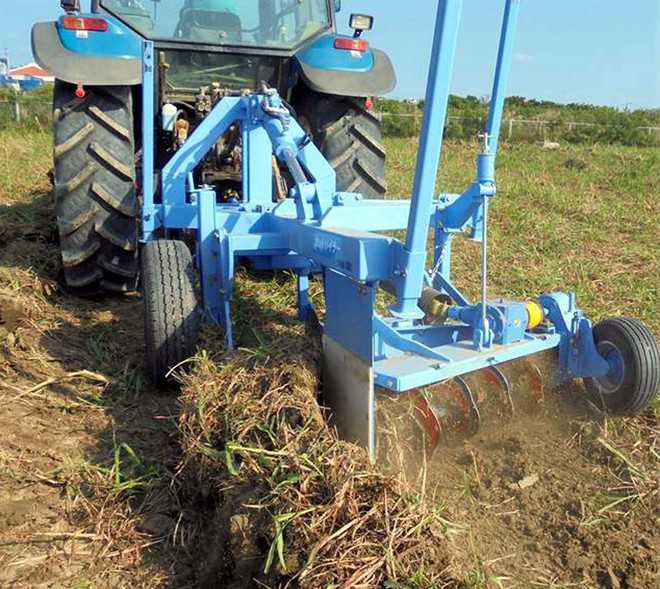Parveen Arora
Tribune News Service
Karnal, July 3
With the help from Japan, the Central Soil Salinity Research Institute (CSSRI) is making efforts to overcome soil salinity, which is aggravated by prolonged waterlogging during monsoons, in Haryana and Punjab.
Officials say about 3.1 lakh hectares of soil is saline in Haryana. The figure was 2.3 lakh hectares in 1996. Punjab, on the other hand, has around 1.51 lakh hectares of saline soil.
Soil salinity limits crop productivity because most crops are sensitive to salt.
To tackle this, the CSSRI has been employing a saline soil reclamation technology named sub-surface drainage (SSD). But its limitation is that it is feasible for large areas only and it is expensive. The technology costs around Rs1 lakh per hectare.
To make it cost effective, the CSSRI has signed an MoU with the Japan International Research Centre for Agricultural Sciences (JIRCAS).
“The Japan institute has provided us with cut soiler machines to improve saline soil with less expenditure. Japanese have been using cut soiler technology for managing surface waterlogging,” CSSRI Director PC Sharma told The Tribune.
RK Yadav, principal investigator of the project, said the cut soiler technology cost around Rs10,000 per hectare.
At present, the machines are being used in Karnal, Panipat and Patiala.
“In sub-surface drainage, pipes are laid at 1.5-m depth to drain out excess water from the fields, while the cut soiler machine makes drains at 60-cm depth. Crop residue is filled in the drains and that helps to drain out water,” Sharma said.
The CSSRI has been working to reduce soil salinity since 1970. With the existing technology, the CSSRI has reclaimed more than 70,000 hectares of saline soil across the country. And in Haryana, it has reclaimed more than 10,500 hectares.
“The CSSRI is hopeful that it will standardise a low cost technology for an individual farmer to manage salinity by the end of June 2021,” the Director added.
Unlock Exclusive Insights with The Tribune Premium
Take your experience further with Premium access.
Thought-provoking Opinions, Expert Analysis, In-depth Insights and other Member Only Benefits
Already a Member? Sign In Now











